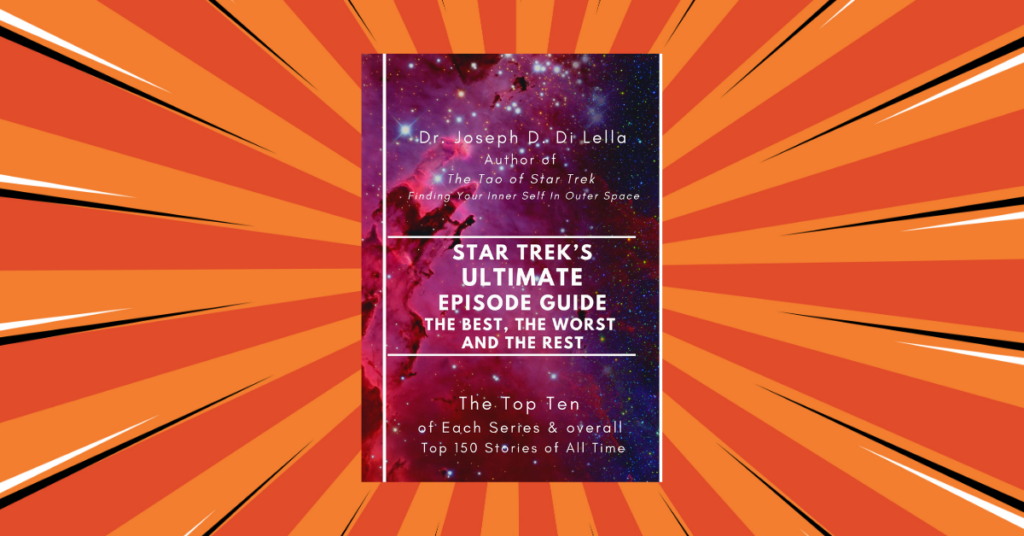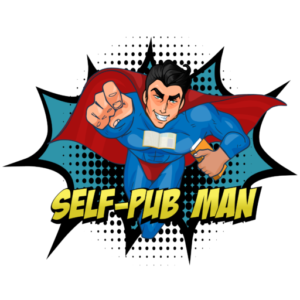Star Trek Storytelling – From TOS to Star Trek by Dr. Joseph D. Di Lella: Picard
Star Trek Storytelling: From TOS to Star Trek: Picard – Do You Have What it Takes to Write in the Roddenberry Universe? by Dr. Joseph D. Di Lella
Gene Roddenberry may have created Star Trek, but he relied heavily on others who understood how to write science fiction stories for television. Gene surrounded himself with brilliant men and women, several of which were science fiction legends, such as Harlan Ellison and Theodore Sturgeon, who were also great storytellers. Among the most important people on staff from the start were D.C. Fontana, Gene L. Coons, and others who helped shape the future of the iconic franchise to what is today: a juggernaut that produces nuanced stories about humanity rather than mere explosive space battles or heroic leaders defeating evil villains.
As Ray Bradbury, Stephen King and other world renown literary giants have promoted, the use of metaphor is most important in writing science fiction and fantastic stories. In the many incarnations of Star Trek (The Next Generation, Deep Space Nine, Voyager, and others), the best storiesshow the potential of our civilization. By developing memorable characters, complex plot lines and very human stories, writers like Michael Taylor (The Visitor, Things Past, and In the Pale Moonlight in DS9 for example) have shown us the many shades of grey in Trek characters, and most importantly, how real life problems are dealt with by all of us today. Michael Taylor’s stories, and other prominent writers in multiple Trek series, such as Ronald D. Moore, Ira Steven Behr, Micheal Piller, Jeri Taylor, Peter Allen Fields, to name a few, have revealed the very best and worst humanity is today, but also the hopefulness it holds for us in the future.
As you read this book, you will learn how to become a better storyteller like those featured in the Star Trek franchise over the past 57+ years.
Most importantly, you will learn what it takes to pitch memorable concepts to the Star Trek executives, how short stories were developed for Simon and Schuster’s fan-fiction series,Star Trek:Strange New Worlds, and what it takes to write teleplays and even non-fiction books for publication today. Believe it or not, you have the talent to write in the Roddenberry universe – whether it is non-fiction book for publication as an Indie author or for fan fiction sites on the internet run by Star Trek fan groups.
As a former freelance pitch artist for Star Trek: Enterprise, a short story finalist for Star Trek: Strange New Worlds, a San Diego Comic Convention moderator for, “Do You Have What it Takes to Pitch and write for Star Trek?” panel sessions, and best selling non-fiction author for, The Tao of Star Trek: Finding Your Inner Self Through Outer Space, you are welcome to take a journey with me and see the behind the scenes work of writers throughout the nearly six decades of work in the Roddenberry universe.
If legendary freelance story contributors to the Star Trek saga like Hillary Bader, Harry ‘Doc’ Kloor, Jimmy Diggs, and Jack Trevino, just to name a handful,could made their marks in the Roddenberry franchise, why can’t you?
As my father always said to me, “There’s always a way” to success and happiness.
If your dream is to become the next great writer in the Star Trek tradition, please take your first steps with me as your writing teacher. There’s always room for one more fantastic storyteller like Ray Bradbury, Stephen King, and you, in the Roddenberry galaxy. Take my hand, and I promise to help you along the path to better understand the craft of Star Trek storytelling.
Star Trek Storytelling – From TOS to Star Trek by Dr. Joseph D. Di Lella: Picard



